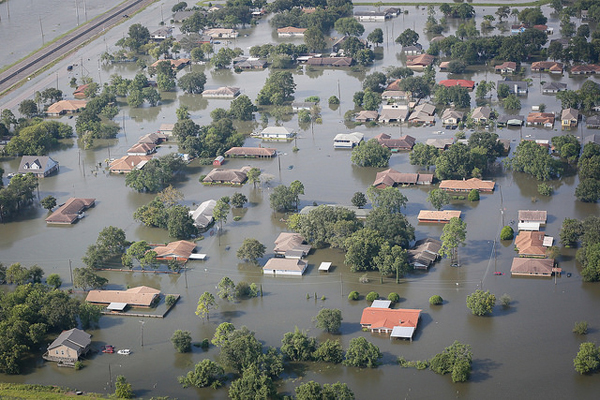- La Feria Community Holds Succesful Business Mixer Event
- Little Nashville to Take Place in Downtown Mercedes
- Lions Basketball Captures District Gold
- La Feria ISD Students Compete in Regional Chess Tournament
- Lions End First Half of 32-4A on a High Note
- La Feria ISD Held Another Successful Parent Conference
- Strong Appearance for Lions at Hidalgo Power Meet
- LFECHS Students Get to Meet Local Actress
- Students Participate in Marine Biology Camp
- Two LFECHS Students Qualify for All-State Band
Report Examines Failures to Protect Vulnerable Texans During Harvey
- Updated: August 24, 2018

A new report suggests better disaster response protocols for assisted living facilities in Texas. (SC National Guard/Flickr)
by Mary Kuhlman
AUSTIN, Texas – After Hurricane Harvey in 2017, a viral photo of residents sitting in waist deep water at a Texas assisted living facility made headlines.
However, a new report shows that was just a glimpse of the failures to protect some of the most vulnerable Texans.
The stories of assisted living residents who were abandoned and harmed in Harvey’s wake are highlighted in the report from AARP Texas.
Amanda Fredrickson, associate state director of outreach and advocacy with AARP Texas, says those stories include a facility in Victoria that missed someone when evacuating residents to Cedar Park.
“In the chaos that comes sometimes with emergencies, they didn’t follow their own plan, and as a result, a resident was left behind,” Fredrickson relates. “They didn’t figure that out till four hours later. That resident was found locked in her room.”
The report notes that in Houston, residents of a facility were left completely unattended during the storm, and residents of another facility were at risk of health issues because of potential mold and mildew from the failure to make adequate repairs after flooding.
Fredrickson says many of the facilities that were cited for violations faced little if any fines.
As Texas enters peak hurricane season, Fredrickson notes that the report is a wake-up call for better policies to protect residents of assisted living facilities, which have less stringent disaster preparedness regulations than nursing homes.
“Because assisted living facilities are the fastest growing segment of our long-term care services providers, it’s time, if not past time, for more attention to be paid on how they are licensed and regulated,” she states.
The report makes several recommendations including improved and expanded training and emergency drills for workers, more stringent preparedness protocols for assisted living facilities, and a tracking system to ensure facilities are living up to licensing requirements.


